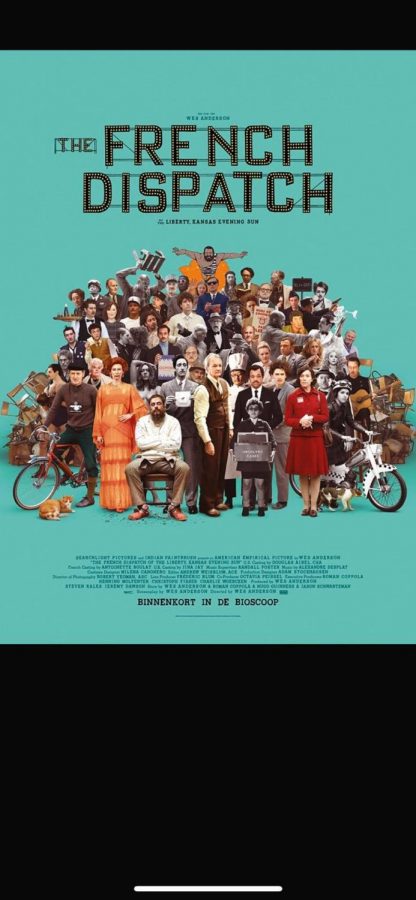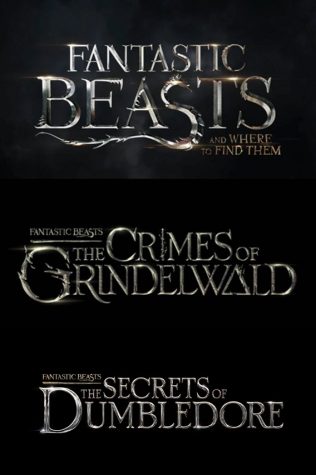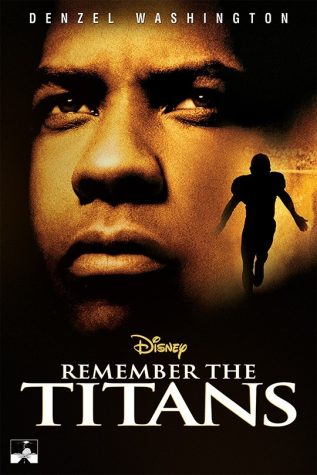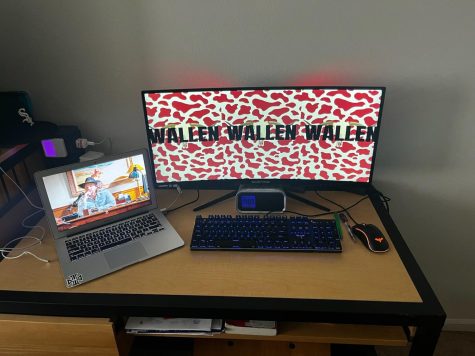REVIEW: The French Dispatch
Considering what came out in theaters on the weekend of Nov. 5, many of my readers might assume I would be talking about “Eternals” in this review. Apologies for the potential disappointment, but I am not interested in NOT sharing my thoughts about a movie helmed by one of my favorite directors working today.
Wes Anderson returns to the writer’s and director’s chair to craft a love letter to all journalists in the form of “The French Dispatch.” The setting is a fictional 20th century city in France, and within it sits an old building that houses an American newspaper known as “The French Dispatch Magazine.” The job of this movie is to present a visual newspaper to its audience in the form of three stories; one involving an interview with an artist who is a psychotic murderer, one telling of the revolution of young students who will no longer be silenced, and one recounting the kidnapping of the son of a young commissioner. (Only in a Wes Anderson movie can you find a plot with three stories that have absolutely nothing to do with one another, but are orchestrated together into one quirky theme that totally works somehow.)
Part of what makes this film so spectacular is its grandiose casting. The likes of Bill Murray, Frances McDormand, Jeffrey Wright, Benicio del Toro and Soairse Ronan are just some of the big names attached to this movie. Each actor is a marvel to witness as they deliver on one of the funniest Wes Anderson films to date. One of the true standouts to me was Timothée Chalamet. The reason being is, unlike the other aforementioned names, we have never before seen him in an Anderson movie, and rather than being a nuisance who feels completely out of place, he was incredibly natural. He fit into the quirky narrative with ease, and I hope that he will become a familiar face in Anderson’s future installments.
Anderson has always managed to easily accomplish what many directors have tried to do but fail, and that is, deliver hilarious visual comedy. The clincher for me is the way he demonstrates that comedy in the form of what I like to call “dollhouse imagery.” In this movie, he goes off the rails but in the best way.
Each scene is shot with such creative grace, and it allows him to experiment with visual gags by having physical comedy happening in certain parts of each frame (clearly taking inspiration from the French film “Playtime”). Sometimes the gags can be a little too far out there and can maybe even overwhelm the viewer. For me, this was never an issue, as I am a huge fan of his “Where’s Waldo” comedy trope. I love watching each scene and allowing my eyes to roam from corner to corner, picking out all the comedic eye candy that Anderson packs into a shot. All the imagery mixed in with the dry humor had me laughing a multitude of times, (as Anderson always manages to do).
One aspect that kind of irked me was the overuse of narration. I understand that for the sake of this being a visual newspaper, there will be some narration, but I found myself questioning the excessive amount of narration used more than once. Instead of allowing things to happen naturally through physical narration and watching a new scene with no expectations, this film falls victim to revealing a little too much, sometimes leaving no room for the shock factor.
Another thing (and this is most certainly a nitpick), is that some of the actors don’t get enough time to shine. For instance, Elizabeth Moss is in this film, but in total she is given what I can only estimate to be about 20 seconds of overall screen time. Considering how astounding she is as an actress, it would have been nice to see her used more, rather than just be thrown in as a cameo.
Regardless of those two minor aspects, this film is a must see. The grand cast, hilarious visual/physical humor, and the glamorous imagery make this one of the best films of the year so far (at least for me). It is now playing in select theaters, and I highly encourage all of you to go enjoy it. To all my fellow journalists, aspiring (like me) and otherwise, this film’s for us…
Jury declares: A-










